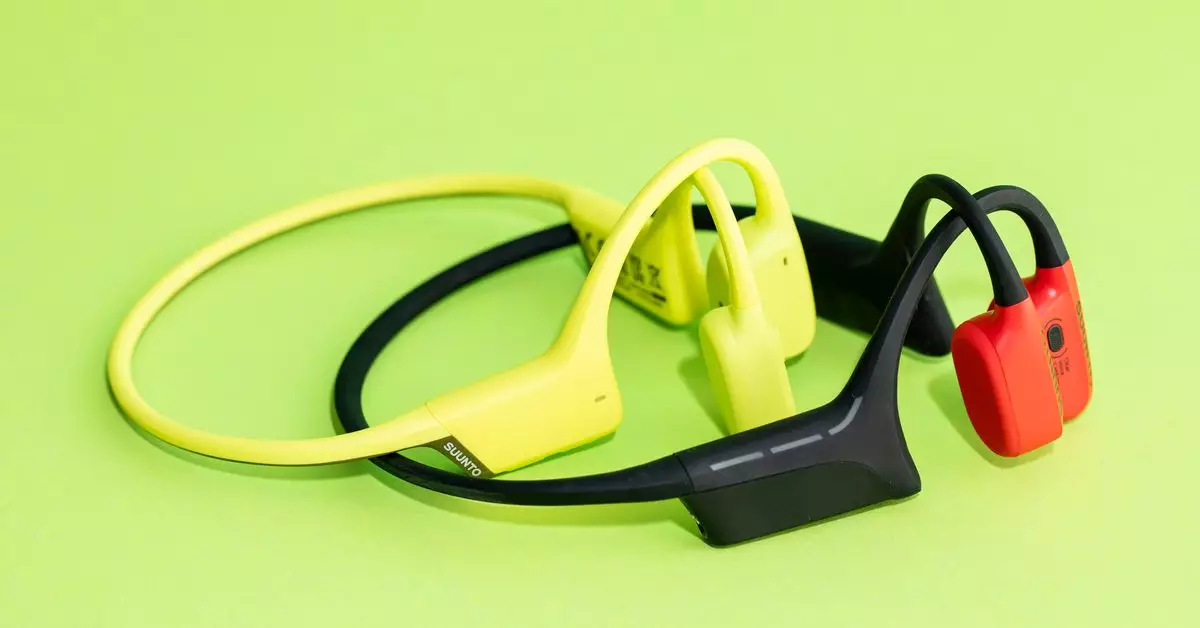When it comes to choosing the right headphones for running, it’s important to consider factors such as comfort, sound quality, and awareness of your surroundings. In the world of bone conduction headphones, the Suunto Wing and Suunto Sonic are making waves as popular options for city runners. As a senior reporter with 12 years of experience in tech and wearables, I recently had the opportunity to test both of these devices and explore the benefits and drawbacks of bone conduction technology.
One of the key advantages of the Suunto Wing and Sonic is their comfortable design. Unlike some other bone conduction headphones on the market, these models are stable and secure during runs and walks. The wraparound design sits comfortably over the ear without causing any discomfort, making them suitable for extended use. Additionally, the thin structure of the headphones allows for compatibility with accessories like glasses or headbands, enhancing the overall user experience.
Sound Quality
While bone conduction technology may not match the bass-heavy performance of traditional headphones, the Suunto Wing and Sonic offer a surprising improvement in sound quality. Users reported a clearer and more enjoyable listening experience, especially when using the various sound profiles offered by Suunto. Although the bass may not be as robust as other headphones, the overall audio performance is satisfactory for most runners.
One of the downsides of bone conduction headphones is their performance in loud environments. While the Suunto Wing and Sonic deliver decent sound quality, they struggle to provide an immersive listening experience in noisy settings like subways or crowded streets. In these situations, users may need to increase the volume, resulting in vibrations that can be distracting or uncomfortable. As a result, these headphones may not be the ideal choice for runners who frequent busy areas.
When it comes to pricing, the Suunto Wing and Sonic fall on the higher end of the spectrum compared to other bone conduction headphones. While the Wing offers additional features like LED lighting, a portable power bank, and head motion controls, some users found these extras to be unnecessary or cumbersome. The price difference between the two models may also influence the decision-making process, with the Sonic being a more cost-effective option for those looking for similar sound quality.
Battery Life and Water Resistance
Both the Suunto Wing and Sonic boast an estimated 10 hours of battery life, with the Wing including a power bank for an extra 20 hours of charge. While this may be beneficial for users with longer workout sessions, the added cost may not justify the extended battery capacity for casual runners. Additionally, the water resistance of the headphones varies, with the Sonic offering IP55 protection suitable for sweat and light rain, while the Wing’s IP67 rating falls short of pool-worthy durability.
Bone conduction headphones like the Suunto Wing and Sonic offer a unique listening experience for runners seeking comfort and awareness while on the move. While these devices excel in terms of design, comfort, and sound quality, they may not be the best choice for users who prioritize bass performance or frequent noisy environments. Ultimately, the decision to invest in bone conduction headphones will depend on individual preferences and priorities, with factors like price, features, and usage patterns influencing the overall appeal of these devices.


Leave a Reply